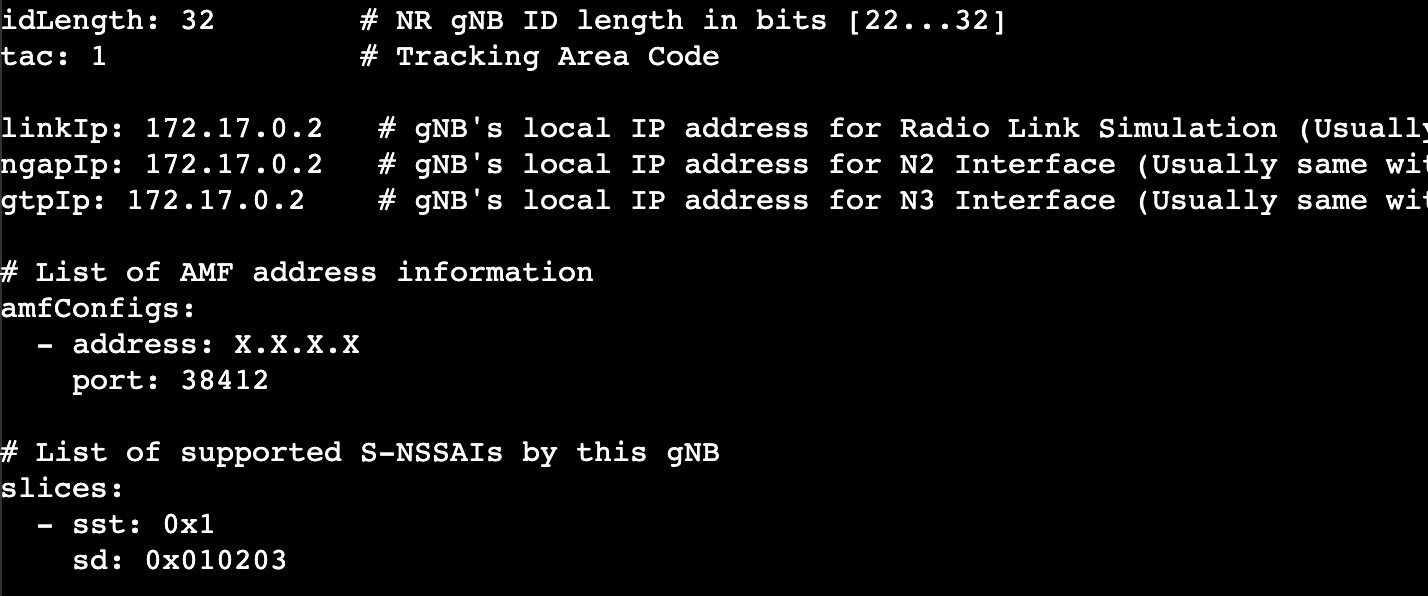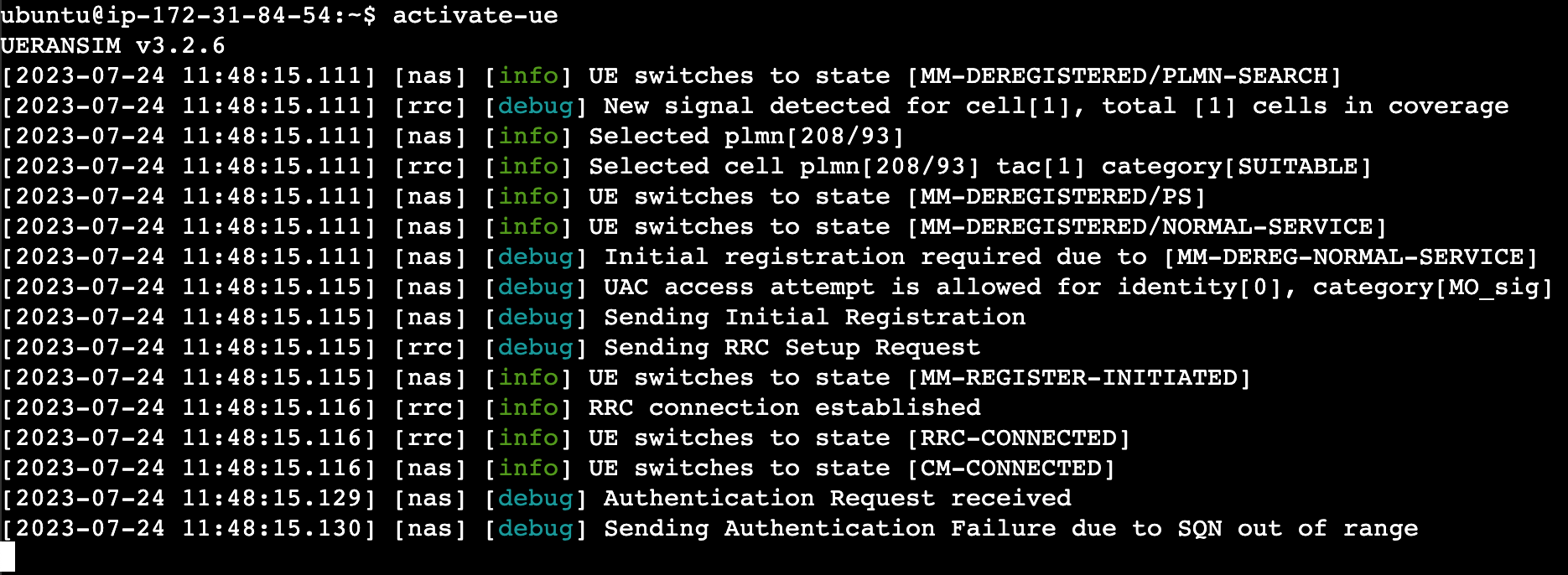Challenge 11: 5G NR
5G NR stands for “5G New Radio,” and it is the air interface standard for the 5G wireless communication system. It is a key component of 5G networks and provides enhanced capabilities for mobile communications, aiming to deliver higher data rates, lower latency, and better overall performance compared to its predecessors.
The development of 5G NR was carried out by the 3rd Generation Partnership Project (3GPP), the same organization that standardized previous cellular technologies like 4G LTE. 5G NR introduces several new features and improvements, some of which include:
- Higher Data Rates: 5G NR aims to achieve much higher data rates than previous generations, allowing for faster downloads, uploads, and overall improved network performance.
- Lower Latency: Reduced latency is one of the significant advantages of 5G NR. It enables near-real-time communication, which is crucial for applications like augmented reality, virtual reality, and autonomous vehicles
- Improved Spectral Efficiency: 5G NR uses advanced modulation schemes and multiple antenna technologies to achieve better spectral efficiency, enabling more data to be transmitted over the available bandwidth.
- Massive Connectivity: 5G NR is designed to support a massive number of connected devices simultaneously, making it suitable for the Internet of Things (IoT) applications.
UE and gNB configuration
verify the configuration file of the UE located at ~/files/free5gc-ue.yaml.
more ~/files/free5gc-gnb.yaml
- slices : ( sst = 1, sd = 010203 ) : used to uniquely identify a Network Slice. The S-NSSAI contains two components: the SST (Slice/Service Type) and an optional SD (Slice Differentiator).
- sst = 1: Enhanced Mobile Broadband (eMBB): Slices optimized for high-speed data services like video streaming, ultra-fast downloads, and bandwidth-intensive applications.
change the IP address of the amfConfigs to match the IP address of the eth0 network interface.
vim ~/files/free5gc-gnb.yaml
- Now let’s register the UE in the 5GC network:
deactivate-5gc
activate-5gc
- Ensure that both the User Equipment (UE) and the gNB (gNodeB) are inactive.
deactivate-gnb
deactivate-ue
- Open an SSH terminal & run :
sudo tcpdump -i any -w ~/captures/device_registration.pcap
- Open another SSH terminal & run :
activate-gnb
- Open another SSH terminal & run :
activate-ue
As observed, the UE is unable to register because of an authentication failure. To diagnose the issue, download the device_registration.pcap file to further investigate the problem.
In the next challenge we will do UE troubleshooting to solve the problem.



